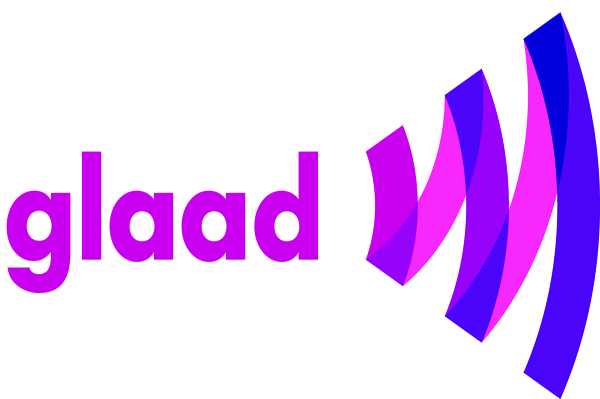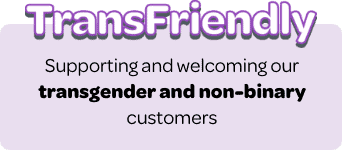IntraSpectrum Counseling, a Chicago-based group practice that proudly serves the lesbian, gay, bisexual, transgendered, queer/questioning, and intersexed (LGBTQI) community, celebrates Pride Month in June. Many people question why LGBTQI individuals need to embrace Pride celebrations; however, when one learns a little about the systematic oppression this group has faced, it becomes easier to understand why they would need to commemorate their progress. Here is a brief timeline that highlights a few examples of the institutionalized discrimination that the LGBTQI community overcame before the 1960s, which is often considered the birth of the modern LGBTQI liberation movement. IntraSpectrum counselors developed this list from information provided by George Chauncey, in his book: Why Marriage? The History Shaping Today’s Debate Over Gay Equality. (Parenthetical numbers refer to his pagination, so you can read more about it if you’d like):
In 1923, NY state legislature classified homosexual behavior as “disorderly conduct,” a misdemeanor. Officers frequently used entrapment to arrest and prosecute gay men. Between 1923-66, more than 50,000 New Yorkers had been arrested on this charge (10).
In 1924 Chicago, police raided the earliest gay political groups leader’s home and seized his files and membership lists (9).
In 1927, New York passed a “padlock law” that threatened to shut down for a year any theater that staged a play with lesbian or gay characters (6).
In many states, following the repeal of prohibition in 1933, it was illegal for restaurants and bars to serve lesbians or gay men (7).
In the 1950s, the State Committee “recommended excluding gay men and lesbians from government service because they were “security risks” who “lack[ed] the emotional stability of normal persons” (20).
In 1952, Congress prohibited homosexuals from entering the USA (21).
During the 1950’s, many states had laws that permitted the indefinite confinement of homosexuals to mental institutions. They could gain release if they were “cured” of their homosexuality (11).
During the 1950’s no state had a gay rights law, but every state did have sodomy laws or other laws that penalized homosexual conduct (10). The remaining sodomy laws were overturned in the ruling from Lawrence vs. Texas in 2003 (1).
In 1954, the US Postal Service banned the Mattachine Society’s Newspaper from the mail and in some cities police shut down newsstands that carried it (9)
1n 1955, Boise Idaho, 1400 lesbian women and gay men were interrogated and coerced into identifying other homosexuals (9).
In San Francisco, in 1959, the mayor launched a 2 year long crackdown on the city’s gay bars: 40 to 60 gay men and lesbians were arrested every week, within 2 years 1/3 of the city’s gay bars had been closed (9).
This timeline shows that gays and lesbians were actively discriminated against and vilified. The continued invisibility of queer history underscores their continued struggle for understanding and acceptance. IntraSpectrum Counseling understands how such a legacy of oppression can adversely affect members of minority groups’ self-esteems, and our recognize that minority groups must take time to recognize their triumphs over oppression. Pride Month allows them to do just that.
IntraSpectrum Counseling offers a range of therapeutic services for Chicago’s LGBTQI community, including but not limited to individual gay and lesbian counseling, gender identity counseling, same-sex couples counseling, and group counseling specifically tailored to the unique needs of gay, lesbian, bisexual, transgender, queer, questioning and intersexed clients.



